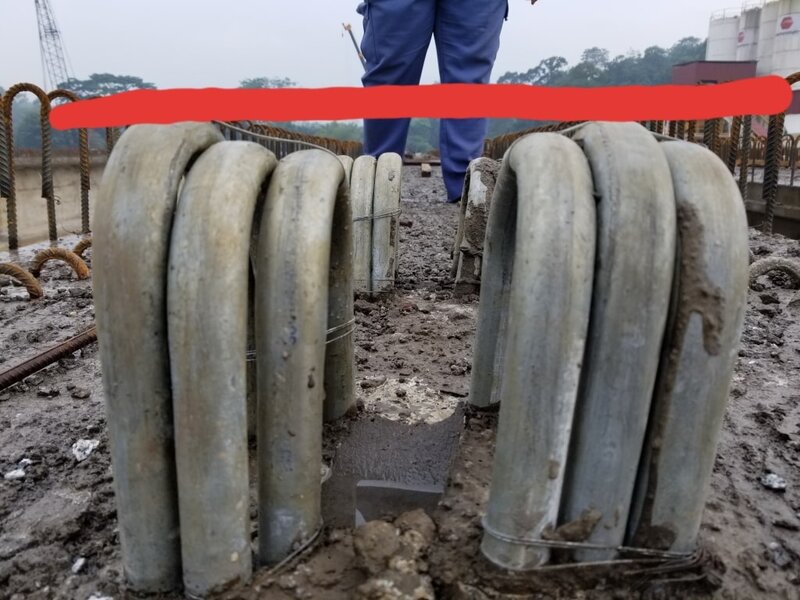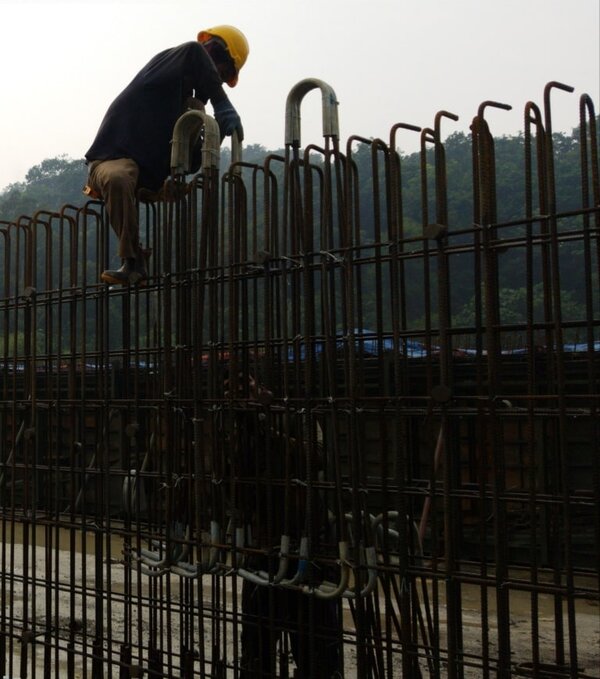Uneven level of hooking loop post concreting long span girder highlighted in red.
The rebar for the hooking loop can be seen in the 2 pic.
So basically these uneven level of hooking loop may cause high risk during beam launching/ transfer from casting yard to construction site. Any suggestion would be very much helpful on how to overcome this problem or suggest any article/ research information on this small detail. Thank you -vincent


The rebar for the hooking loop can be seen in the 2 pic.
So basically these uneven level of hooking loop may cause high risk during beam launching/ transfer from casting yard to construction site. Any suggestion would be very much helpful on how to overcome this problem or suggest any article/ research information on this small detail. Thank you -vincent


